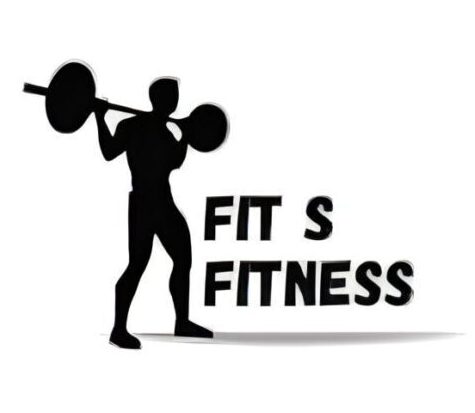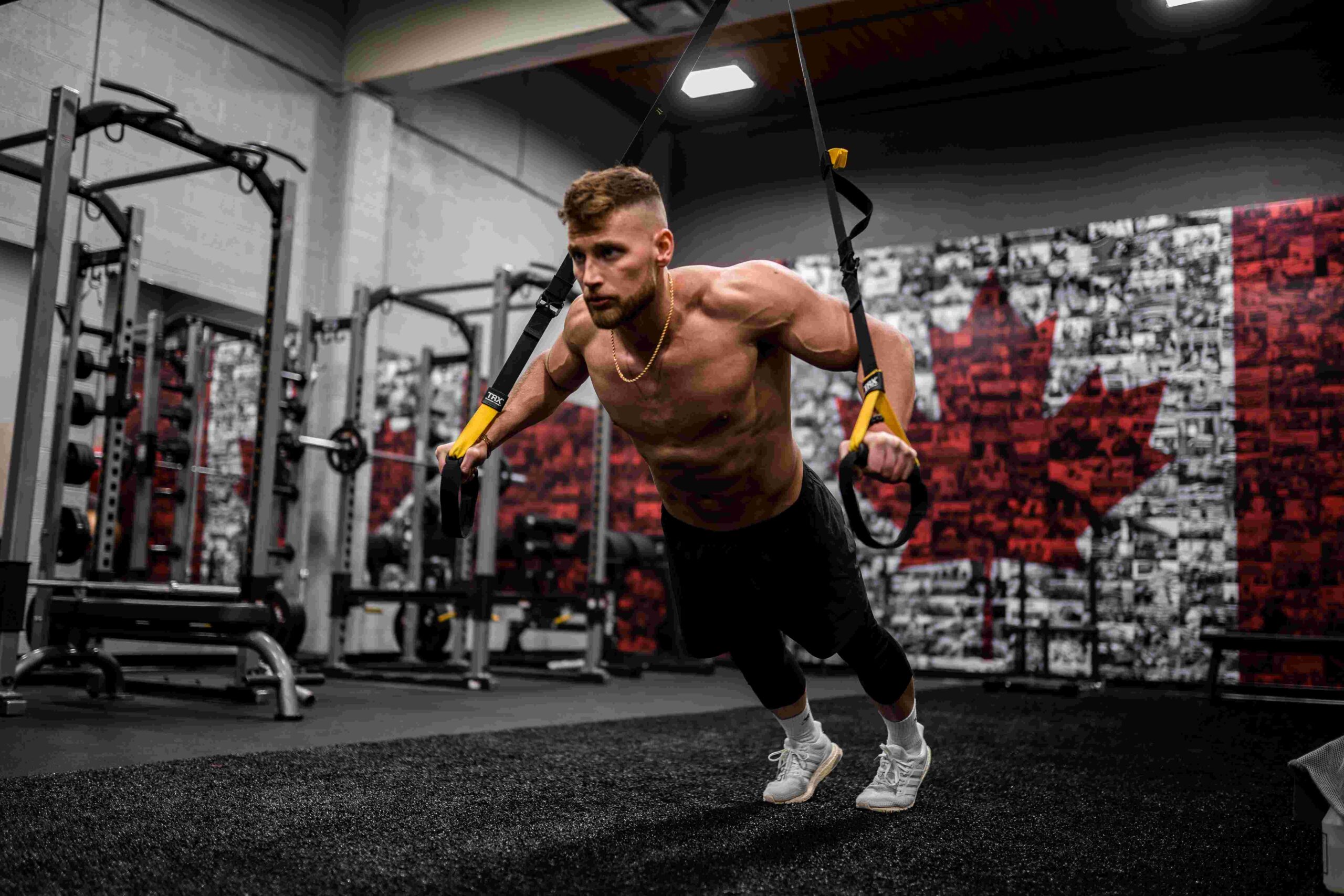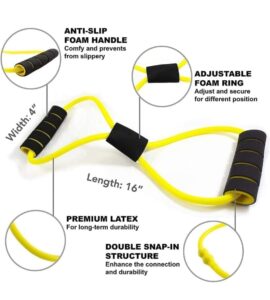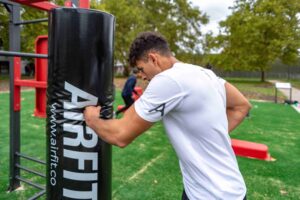Introduction
When it comes to building muscle and achieving a well-rounded physique, upper-body strength training is essential. Not only does it enhance your overall strength and power, but it also helps you develop a sculpted and toned upper body. In this article, we will explore the benefits of upper-body strength training, provide an overview of the major muscle groups involved, and discuss 10 effective workouts that will help you reach your fitness objectives and put on muscle.
Benefits of Upper-Body Strength Training
Engaging in regular upper-body strength training offers a multitude of benefits. Here are a few key advantages:
- Increased Muscle Mass: By challenging your muscles with resistance, you stimulate muscle growth and development, increasing muscle mass and strength.
- Enhanced Functional Strength: Upper-body strength is crucial for performing everyday tasks such as carrying groceries, lifting objects, and maintaining proper posture.
- Improved Bone Health: Strength training helps increase bone density, reducing the risk of osteoporosis and promoting overall bone health.
- Boosted Metabolism: Building lean muscle mass through strength training can increase your metabolism, leading to more efficient calorie burning and weight management.
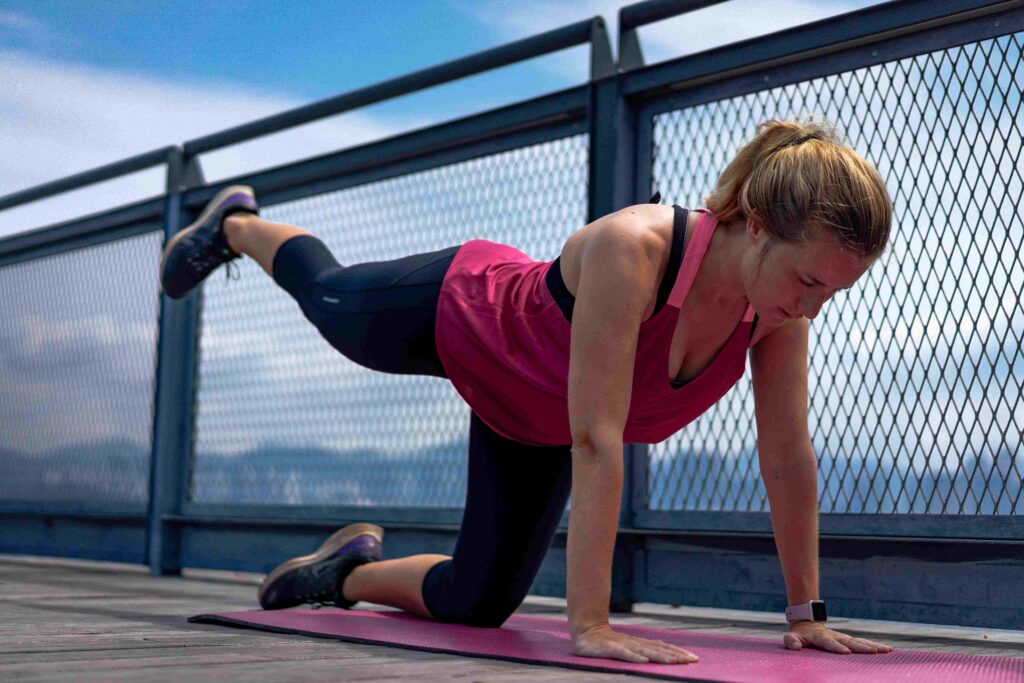
Getting Started: Understanding Upper-Body Muscle Groups
Before diving into the workouts, it’s important to have a basic understanding of the major muscle groups in the upper body. Here are the key muscle groups involved in upper-body strength training:
- Chest (Pectoralis Major): Located in the front of the Upper-Body Strength Workouts, the chest muscles are responsible for movements such as pushing and pressing.
- Shoulders (Deltoids): The deltoid muscles are responsible for the movement and stability of the shoulder joint. They consist of the anterior (front), medial (middle), and posterior (rear) deltoids.
- Back (Latissimus Dorsi, Rhomboids, Trapezius): The back muscles play a crucial role in posture, stability, and pulling movements. The latissimus dorsi, rhomboids, and trapezius are the main muscles in this group.
- Biceps: Located in the front of the upper arm, the biceps muscles are responsible for flexing the elbow joint and assisting in pulling movements.
- Triceps: Situated at the back of the upper arm, the triceps muscles are responsible for extending the elbow joint and assisting in pushing movements.
Push-Ups: The Ultimate Upper-Body Strength Workouts
Push-ups are a classic and effective exercise that targets multiple muscle groups in the upper body. Here’s how to perform push-ups correctly:
- Start in a high plank position with your hands slightly wider than shoulder-width apart and your feet together.
- Lower your body by bending your elbows, keeping them close to your sides, until your chest nearly touches the floor.
- To extend your arms and get back to the beginning position, push through your palms.

Overhead Press: Building Strong Shoulders
One complex exercise that works the shoulder muscles is the overhead press. The overhead press can be executed as follows:
- Stand with your feet shoulder-width apart and hold a dumbbell or barbell at shoulder level, palms facing forward.
- Press the weight overhead by extending your arms fully, keeping your core engaged and avoiding excessive arching of the lower back.
- Lower the weight back to shoulder level and repeat for the desired number of repetitions.
Bent-Over Rows: Strengthening the Back and Biceps
Bent-over rows are an effective exercise for targeting the back and biceps muscles. Here’s how to perform bent-over rows:
- Stand with your feet shoulder-width apart, holding a dumbbell or barbell with an overhand grip.
- Bring your torso parallel to the floor by hinging forward at the hips while maintaining a straight back and an active core.
- Pull the weight up toward your chest by bending your elbows and squeezing your shoulder blades together.
- Lower the weight back down and repeat for the desired number of repetitions.
Bench Press: Targeting the Chest and Triceps
In a traditional workout, the bench press works the muscles in the chest and triceps. Here’s how to perform the bench press:
- Lie on a flat bench with your feet flat on the floor and hold a barbell with an overhand grip, hands slightly wider than shoulder-width apart.
- Lower the barbell toward your chest, keeping your elbows at a 45-degree angle.
- Extend your arms fully as you push the barbell back up to the starting position.
- Repeat for the desired number of repetitions.
Pull-Ups: A Challenging Exercise for the Upper Back
Pull-ups are a challenging exercise that targets the muscles of the upper back. Here’s how to perform pull-ups:
- Grip a pull-up bar with an overhand grip, hands slightly wider than shoulder-width apart.
- Hang from the bar with your arms fully extended and your core engaged.
- Pull your body up toward the bar by bending your elbows and squeezing your shoulder blades together.
- Lower your body back down to the starting position and repeat for the desired number of repetitions.
Bicep Curls: Sculpting Strong Biceps
A common workout for developing muscular and well-defined biceps is the bicep curl. Here’s how to perform bicep curls:
- Place a dumbbell in each hand, palms facing forward, and stand with your feet shoulder-width apart.
- Keeping your elbows close to your sides, curl the dumbbells toward your shoulders by bending your elbows.
- Slowly lower the dumbbells to the starting position and repeat for the desired number of repetitions.
Tricep Dips: Toning the Back of the Arms
Tricep dips are an effective exercise for targeting the muscles at the back of the arms. Here’s how to perform tricep dips:
- Sit on the edge of a stable chair or bench, placing your hands shoulder-width apart on the edge.
- Walk your feet forward and extend your legs, lifting your body off the chair.
- Lower your body by bending your elbows, keeping them close to your sides.
- Push through your palms to extend your arms and return to the starting position.
Shoulder Press: Developing Defined Shoulder Muscles
The shoulder press is a compound exercise that specifically targets the shoulder muscles. Here’s how to perform the shoulder press:
- Sit or stand with your feet shoulder-width apart, holding a dumbbell in each hand at shoulder level, palms facing forward.
- Press the dumbbells overhead by extending your arms fully, keeping your core engaged and avoiding excessive arching of the lower back.
- After the required number of repetitions, return the dumbbells to shoulder level.
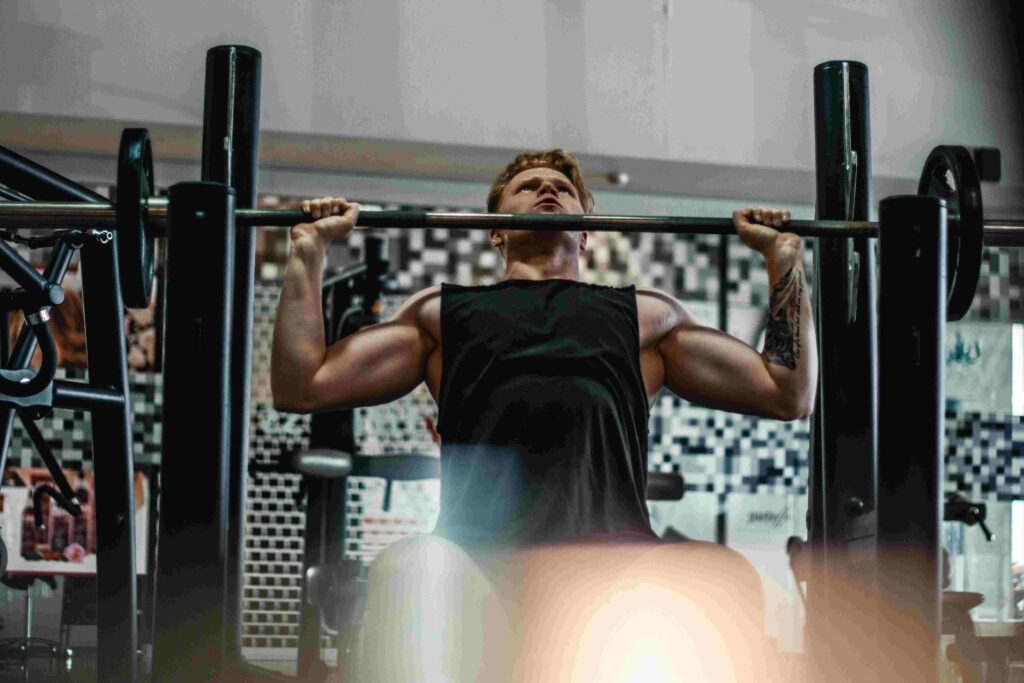
Chest Flyes: Enhancing Chest Definition
Chest flies are an isolation exercise that targets the chest muscles and helps enhance chest definition. Here’s how to perform chest flyes:
- With your hands facing each other and a dumbbell in each hand, take a flat bench position.
- Extend your arms out to the sides, keeping a slight bend in your elbows.
- Slowly lower the dumbbells toward the floor in a wide arc, feeling a stretch in your chest.
- As you return the dumbbells to the beginning position, tighten your chest muscles.
- Repeat for the desired number of repetitions.
Conclusion
Incorporating upper-body strength workouts into your fitness routine is crucial for building muscle, increasing strength, and achieving a well-rounded physique. You can create a balanced upper-body workout by targeting different muscle groups, such as the chest, shoulders, back, biceps, and triceps. Remember to start with proper form, choose weights that challenge you but allow for proper technique, and gradually increase the intensity as your strength improves. Stay consistent, listen to your body, and enjoy the results of your hard work as you build a strong and muscular upper body.
